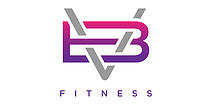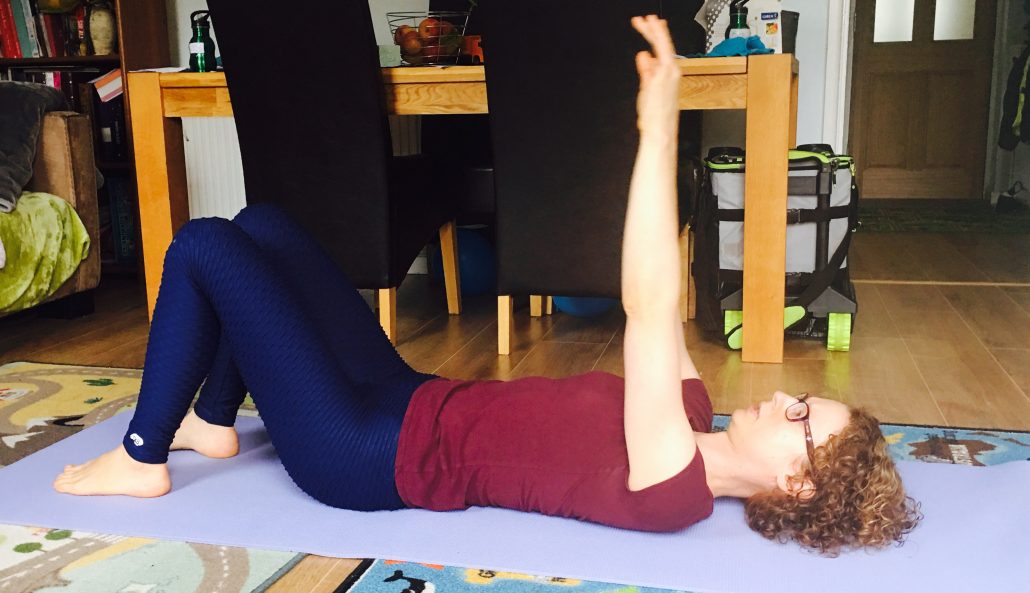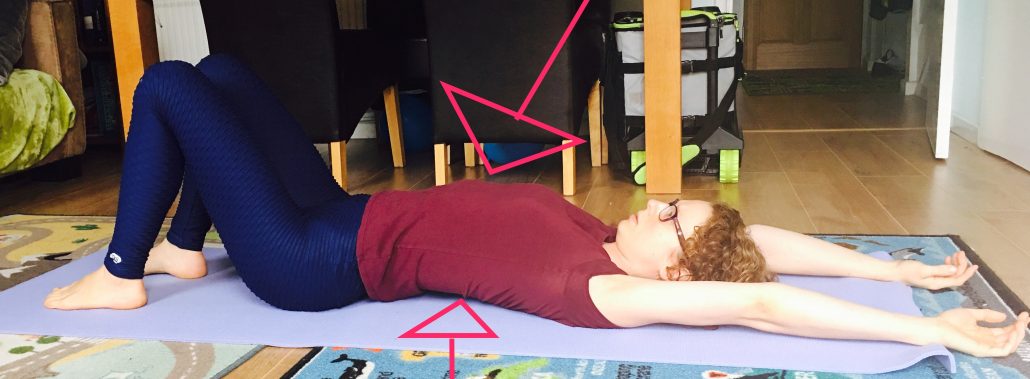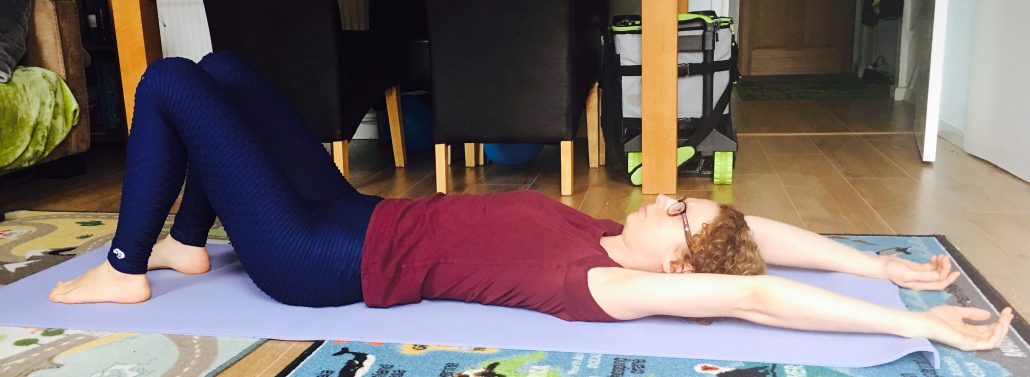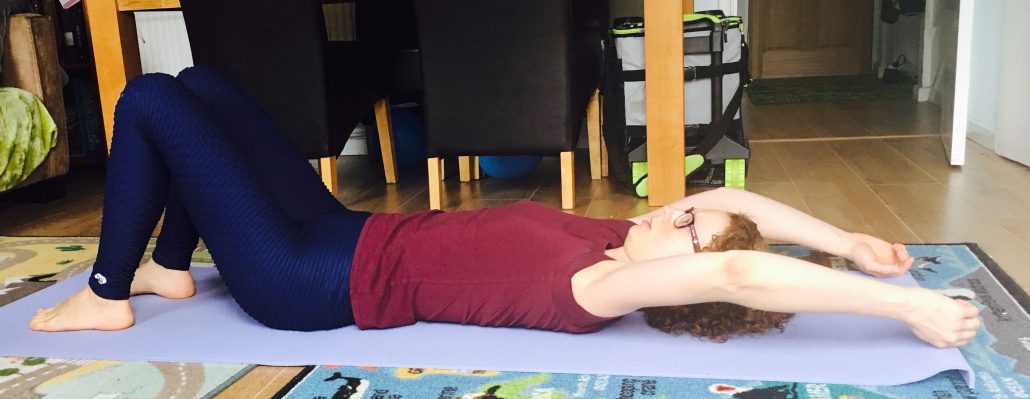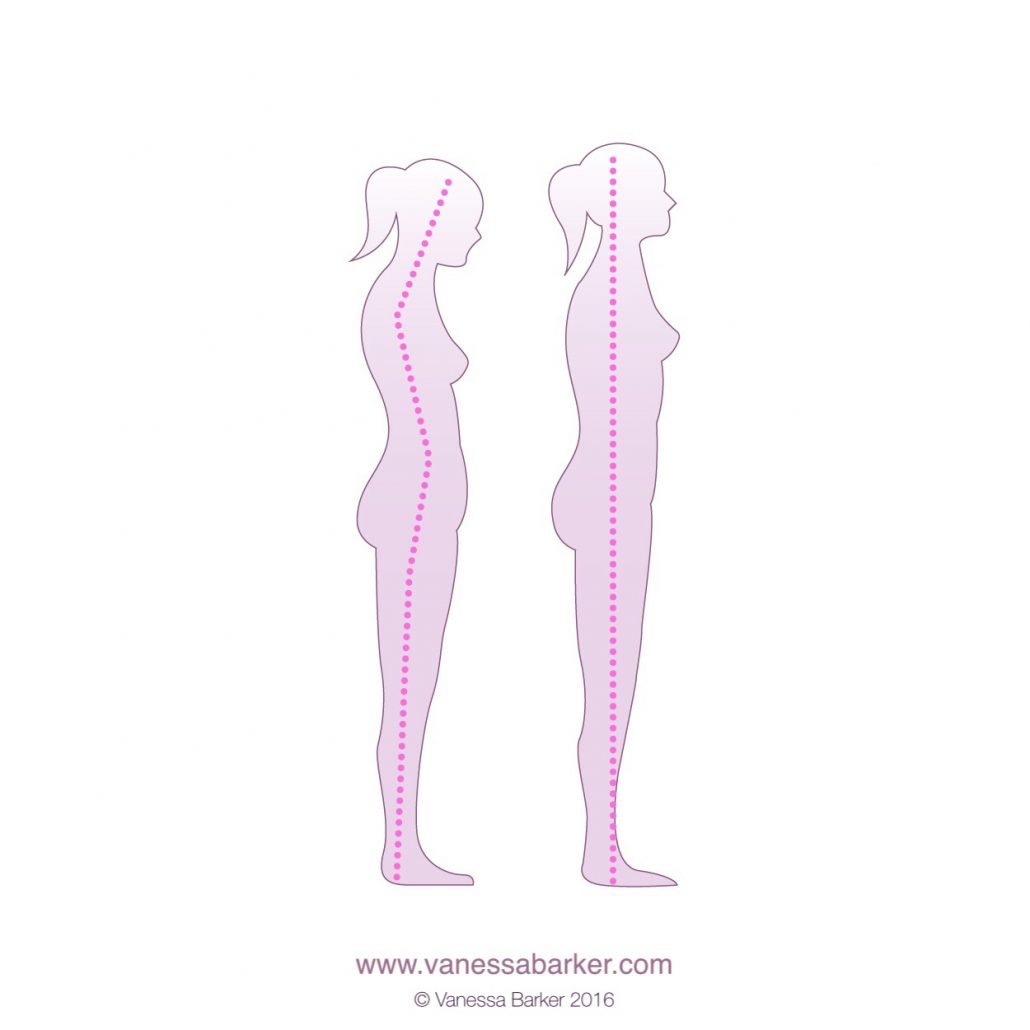I get asked about swimming quite a bit, mainly whether it’s safe when you have diastasis recti, but I’m going to cover pregnancy as well as postnatal here, so I’ll start with that.
Swimming During Pregnancy
Swimming can provide relief from aches and pains often experienced during pregnancy, relieving the pressure of your bump by supporting it, and taking the strain off your back.
It’s also great for improving your circulation which is sometimes affected during pregnancy, because of all of the hormones running around your system. The pressure of the water on your veins and arteries actually stimulates blood flow and can reduce swelling you may be experiencing, say in the feet or ankles.
A workout and relaxation all in one!
A trip to the pool also gives your muscles a great workout! Water offers 12 times the resistance of air, and your deep abdominal muscles get in on the act too, as they help stabilise the pelvis in water.
The rhythmic action of the stroke can also be quite relaxing, as can the feeling of weightlessness. For baby, the soft muffled sounds created by the water induce a feeling of calm and tranquility for him/her too.
Which stroke is best?
If you are experiencing any pelvic pain during pregnancy, I’d suggest that you avoid breast stroke leg action. Even if you don’t suffer with SPD now, I’d be mindful of how you feel, and avoid kicking too hard/ agressively. Keep the kick narrow, and avoid a wide ‘froggy’ breast stroke kick.
I personally found freestyle/crawl a lot more comfrotable when pregnant, but I know not everyone is confident with this, and it can be quite tiring.
As a guide, on a scale of 1-10, you shouldn’t exert yourself above a 7 when pregnant. This means out of breath, but not uncomfortable: you should still be able to talk and hold a converstation (albeit a panting one)!
I’d also recommend buying a pair of goggles so you can swim with your head down, because this puts less pressure on your back. Swimming with your head out of the water causes the pelvis to drop and accentuates the increased curve in the lumbar spine.
Swimming With Diastasis Recti
Ok, postnatal now. The question isn’t so much “is it safe”, as unless you have pelvic pain or a back problem, the risk of injury is low. It’s more can it worsen your diastasis, or prevent it from healing?
Firstly, people worry that being horizontal could put a downwards pressure on the abdominal wall. However water creates a hydrostatic pressure, and when you’re horizontal in the water the pressure from the water below (which helps give you buoyancy) will apply some compression to the abdomen.
There’s more to consider though, and your alignment in the water (or your technique) is really important too. If you have your head out of the water the whole time, then you’re arching your back (which may be sore) and stretching your abs. It flares out the ribs, which I see a lot in postnatal mums and you’re better off avoiding.
Let’s look at the 2 most popular strokes.
Breast Stroke
Also- if you still have any pelvic pain, the points above apply and I’d avoid breast stroke.
Front Crawl
I still find there can still be a flaring of the ribs, as when I swim in busy lanes I have to look up to see if anyone is in front of me. This arches my back a little and flares my ribs. I have to be VERY mindful of my technique to avoid it- again keep your gaze on the pool floor. Let’s look at Phelps again (may as well learn from the best!) and see how flat his body and spine is.
Keeping your hips up and kicking from the hips, using the butt muscles (instead of kicking from the knees) helps too, with both speed and glute strength (important for a healthy pelvic floor).
I also have to focus to keep my shoulders relaxed, and not up around my ears! Tight neck/ shoulders is common with my clients, so you don’t want to make that worse.
Core Strength and Shoulder Mobility
You also need to consider your flexibility. Lie down and reach your arms in the air.
Does your back arch and ribs flare out (as I nicely demonstrate and highlight with my snazzy editing skills)? If so then there’s a good chance that when you swim and reach in front, you’re doing this too.
If you engage your core can you lift your arms without arching your back (again demonstrated by me below- my ribs have dropped down and my back has a gentle curve,rather than a larger arch)?
You need to engage your core to do this. Be honest with yourself, can you do this while you’re swimming? You might be better off working on increasing your core control before you get back in the pool.
The other thing that might be in issue is shoulder mobility. If your arms won’t fully reach up or flop to the side, you may need to increase your flexibility in that area first too.
Breathing
Core Connection
The Take Home
Swimming isn’t necessarily bad for diastasis, but it depends on your technique!
Ultimately, if you feel swimming makes you feel a bit human again, gives you some time out, and you feel better for it, then GO FOR IT!
BUT, if you have a large diastasis, or one that isn’t healing, maybe consider this could be a factor. Think about your technique, and it might be that you need to take a break for a bit whilst you work on restoring it.
